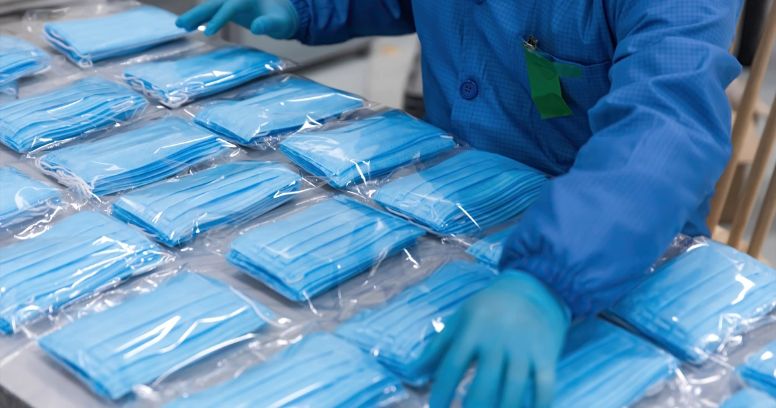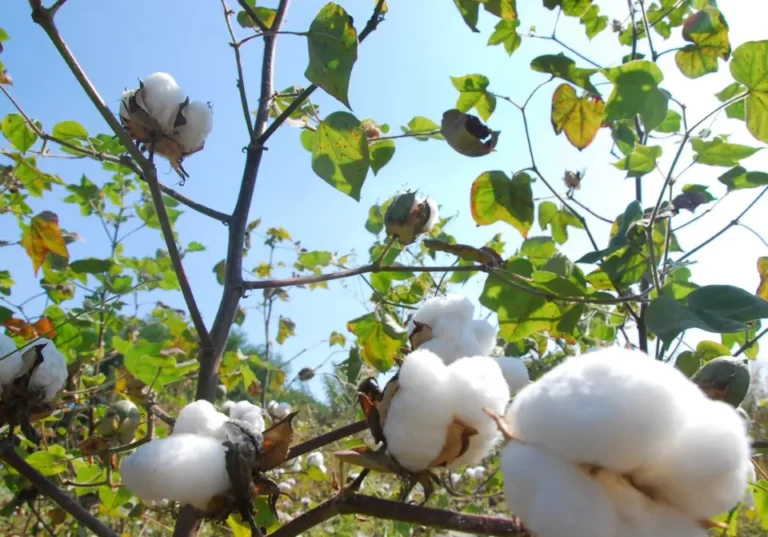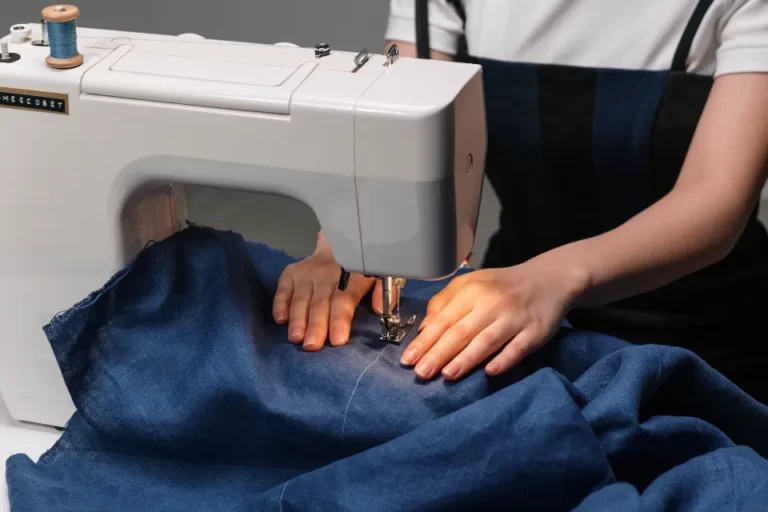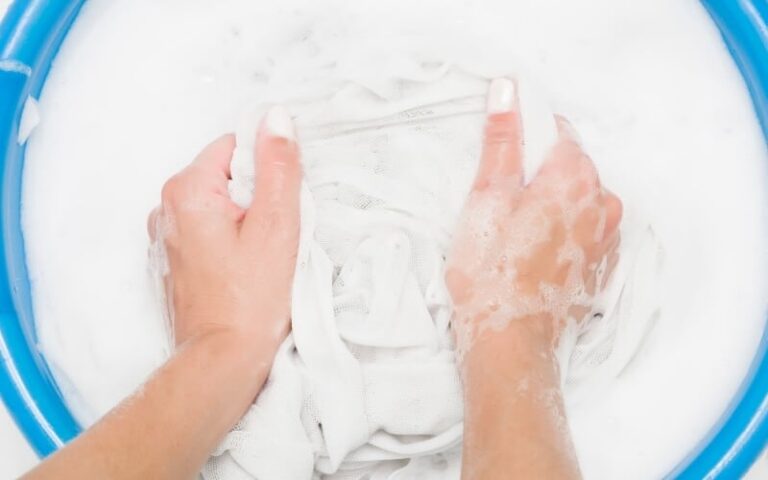Emerging US Medical Gloves Industry Fits ‘made-in-America’ Plan to Cut Reliance on Global Supply Chains
Brutal recollections of supply shortages early in the coronavirus pandemic inspire domestic production supported by government aid. As the country works to prepare for the upcoming healthcare challenges, job creation is another objective.
After a run of manufacturing glory dating back to the 19th century, the steel mill perched at Sparrows Point, Maryland, met an unjust end, its furnaces being destroyed in 2014. But eight years later, a pandemic has given the abandoned site outside of Baltimore new life, overlooking the Patapsco River.
No longer a relic of the past but instead a vital piece of an ambitious plan to ensure that the US healthcare system is “made in America”, the vast 700,000-square-foot facility is expected to churn out a staggering 350 million disposable medical-grade nitrile gloves each month and create more than 2,000 jobs by early next year.
Located on a 2 million-square-foot peninsula that is now also home to two Amazon fulfillment centers, Early this year, work on a US$350 million project began after a company called United Safety Technology was awarded a US$91.1 million contract by the US departments of Defense and Health and Human Services.
United Safety Technology, emerging from the first wave of the coronavirus pandemic in 2020, describes its goal as returning “high-quality, medical-grade manufacturing to the US while reducing reliance on foreign suppliers”, according to its website.
Dan Izhaky, the company’s CEO, has billed himself on social media as “passionate about reshoring manufacturing back to the USA” and claimed he is “building the largest nitrile glove factory” in the country.
Gloves made of nitrile, a type of rubber, gained commercial prominence over commonly used latex gloves during the pandemic and are primarily used to handle chemicals in laboratories and perform surgical procedures. In addition to being less likely to cause allergic reactions than other gloves, nitrile gloves help lower the risk of infection transmission.
In 2020, as Covid-19 infections ravaged healthcare systems all over the world, demand for nitrile gloves skyrocketed. In contrast to the urgent demand for 585 billion nitrile gloves, only 370 billion could be produced globally by the end of that year. As the domestic stockpile was quickly depleted at an unexpected rate due to global supply constraints, the gloves quickly became scarce in the US.
Government subsidies totaling more than $1 billion became available to develop the domestic personal protective equipment (PPE) supply chain as nationwide calls for improved future readiness echoed.
The US accounts for just 1% of the world’s production of nitrile gloves, despite being the market with the largest annual consumption—about 100 billion pairs—in the world.
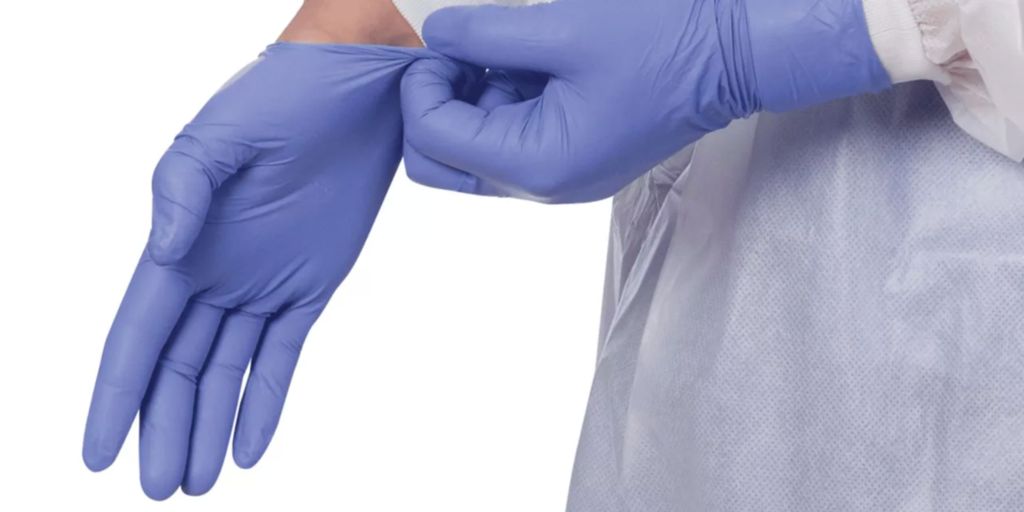
John Polowczyk, who led the US government’s PPE Supply Chain Task Force from March through November 2020 under the administration of Donald Trump, described the height of the pandemic as “dire”. He noted the US was then making about 500 million nitrile gloves “while we were using about 1.8 billion a week”.
“We produce nothing in America. The national stockpiles were already distributed,” recalled Polowczyk. “There were no supplies available for hospitals. Both the federal government and the states lacked supplies.”
Ninety-eight percent or so of the medical gloves used in the US in 2021 were imported.
Polowczyk noted the world depended on Vietnam, Malaysia, and China a major suppliers of nitrile gloves, and as the pandemic worsened, Covid-19 outbreaks forced the closure of numerous PPE factories in Asia.
“We don’t make a whole lot of gloves here in the US, because it’s so complex to make nitrile gloves,” he said. “Those machines are football fields in size, take up a lot of energy, a lot of space”.
Elizabeth Skokan of the International Trade Administration in Washington claims that prior to the pandemic, China had a sizable market share in the US for surgical and vinyl gloves. Between July 2020 and February 2021, the American market share for nitrile gloves increased from 13 to 19%.
A new industry seems to be emerging in the US to ensure that such shortages and reliance on foreign manufacturing don’t occur again.
Local television stations in Columbus, South Carolina, for example, broadcast live pictures of a cargo plane in September carrying the first batch of equipment from South Korea that will be used by a local company called Nitrile gloves will be produced by Nephron Pharmaceuticals.
The governor of South Carolina, Henry McMaster, claimed that his state was leading the charge to bring medical manufacturing back to the US at a celebration of the achievement.
“This strengthens our supply chain and limits our reliance on foreign manufacturers, all while bringing good-paying jobs to SC”, he tweeted.
In order to produce 3 billion nitrile gloves by 2024, the Japanese company SHOWA is rebuilding a facility in Fayette, Alabama, some 400 miles away. The historic facility once produced vintage latex gloves. Prior to the pandemic, SHOWA was the only business producing 400 million pairs of nitrile gloves annually in the US.
Others are starting similar projects. Work on a $714 million manufacturing facility in Wytheville, Virginia, started in December of last year. It is anticipated to produce 60 billion nitrile gloves annually and create 2,500 jobs.
A news release touted the Wytheville operation as “the world’s most innovative, advanced, eco-conscious, efficient, automated, AI-driven and vertically integrated nitrile glove manufacturing facilities”.
And in Chicago, a former Caterpillar factory is being repurposed as a nitrile glove unit by the A lofty goal of 10 billion gloves produced annually is set by the US Medical Glove Company.
By 2024, it’s likely that all of these projects will be fully operational. But the issue of abrupt closure during years of low demand continues to be problematic.
After the demand for the face masks fell, United Safety Technology, which was producing 30,000 N95 respirators in 2021, was forced to close its California facility. Several of the pandemic’s newly established mask factories have since been closed.
Nevertheless, marketing research firm Spherical Insights and Consulting projects that the global nitrile glove market will expand from US$9.2 billion in 2021 to US$15.6 billion by 2030. Protectionism, however, may backfire, according to experts.
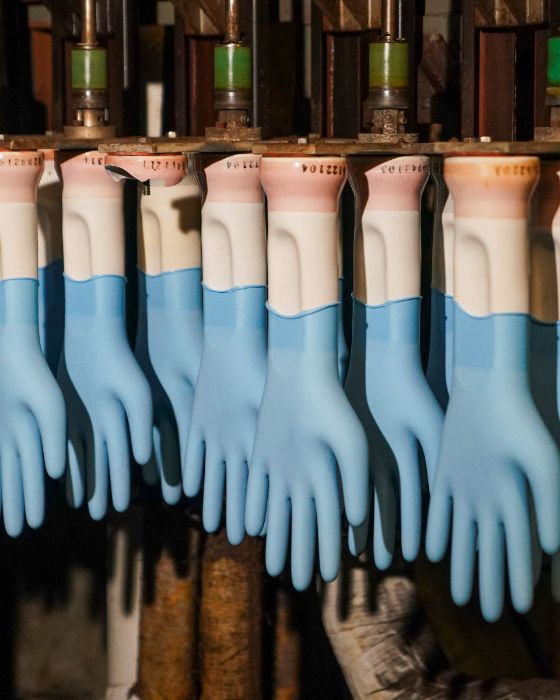
Chad Brown of the Peterson Institute for International Economics said the global lockdowns of 2020 and 2021 highlighted that “relying solely on domestic production would be excessively risky, as would relying on imports primarily from one source”.
He continued that although import protection supports domestic production, it also drives up consumer costs, particularly in countries with expensive healthcare systems like the US.
Citing geopolitical tensions and a lack of trust between China and the US, Brown believed trade could be a “tool for preparedness only if there is trust between the importer and the exporter – that is, confidence that, when times get tough for health or economic reasons, trade lanes will remain open”.
Brown called for continued government support in his report, which was released in January, and highlighted the high cost and low motivation among private players to maintain stockpiles.
But as uncertainly looms over US midterm election results and predictions of a coming surge in flu, respiratory syncytial virus, and fresh Concerns over supply shortages were raised by experts due to the Covid-19 infections.
The Biden administration in Covid-19 funding was requested in March for an additional $22.5 billion USD. However, a spending plan approved by Congress did not include this relief.
Due to this, the White House decided to use US$10 billion in funds that were already allocated for PPEs to pay for vaccines. In September, Biden requested an additional US$18.4 billion.
Jill Rosenthal of the Centre for American Progress said a lack of extra funding for Covid-19 had led to “inadequate replenishing of at-home tests and PPE within the national stockpile”.
“Covid-19 continues to be unpredictable,” Rosenthal added.
“The United States’ ability to respond quickly is threatened by a lack of planning and funding for countermeasures, monitoring, and research and development, leaving the country open to an increase in illness, disability, and death as well as economic disruption.”
Reference: https://www.scmp.com/news/china/article/3199197/emerging-us-medical-gloves-industry-fits-made-america-plan-cut-reliance-global-supply-chains
- Source Fashion to Showcase “world-first” Commercial-scale Polyester Textile Recycling Tech
- Gaia Recycled Upholstery Fabric Collection by Skopos
- Textile Museum to Be Inaugurated in Gilan
- Cotton Dyeing ‘with No Wastewater’
- With Help from Jaguar Land Rover, Uncaged Innovations Raises $2 Million for Bio-Based Leather

